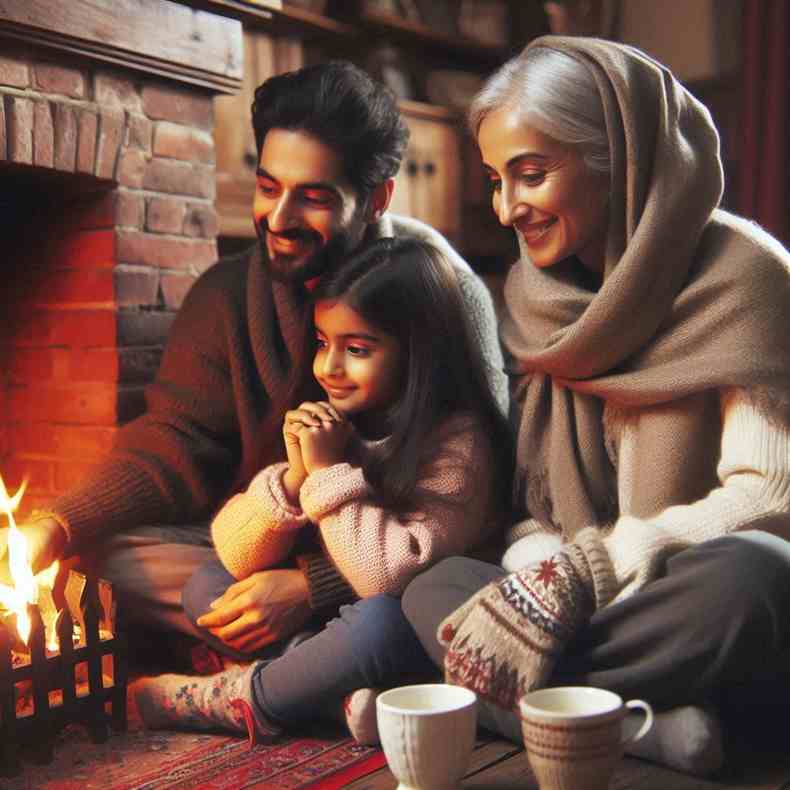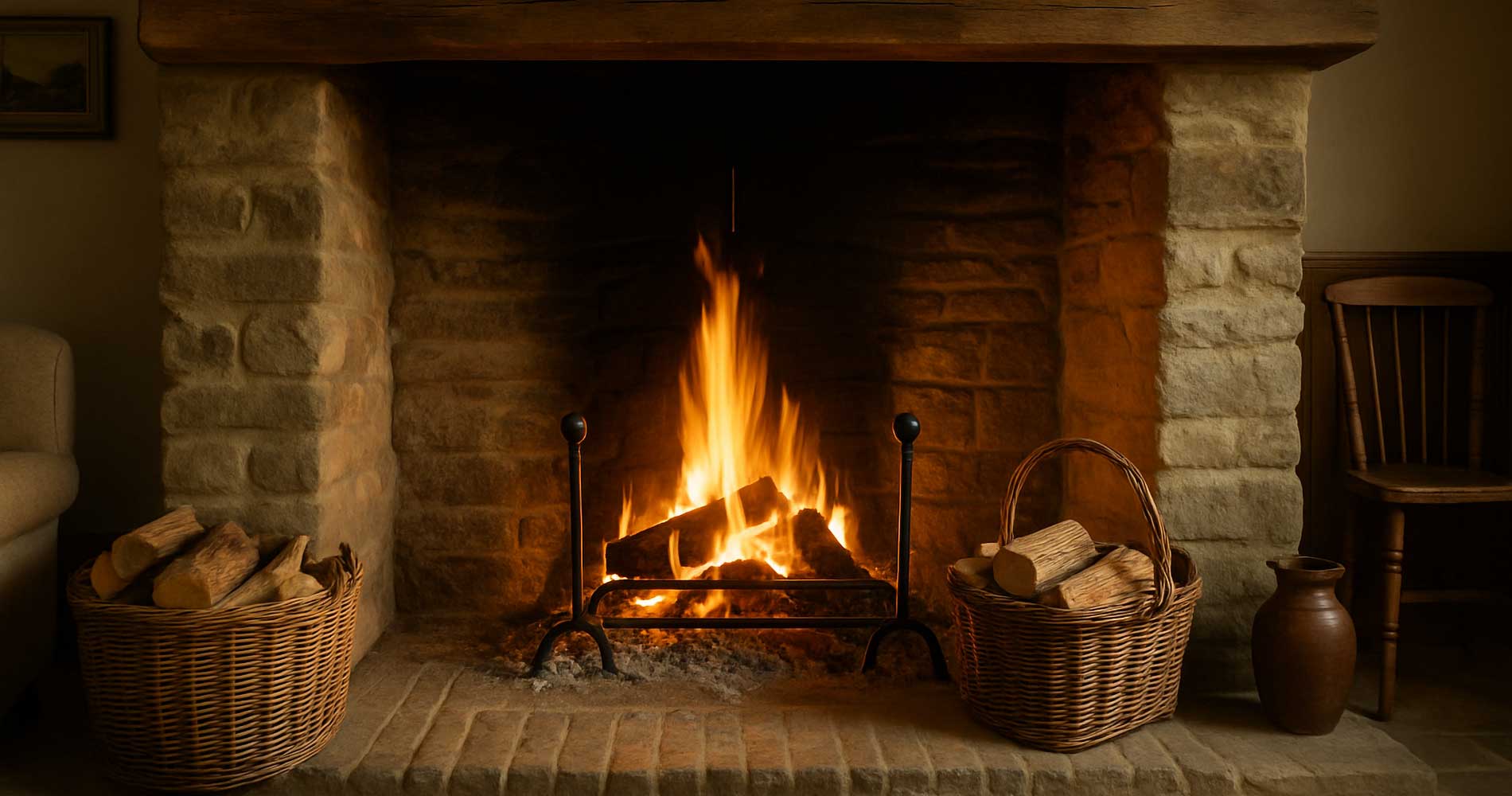One Size Doesn’t Fit All (Especially When It Comes to Fireplaces)
Choosing a fireplace isn’t just about aesthetics or what looks good in your Pinterest feed. It’s about finding something that actually makes sense for the way you live. And where you live. Because here’s the thing—what works like a dream in a snowy Vermont cottage might make zero sense in a damp coastal city or a desert home where "winter" lasts for all of five minutes.
The key to finding a fireplace that feels right (and functions well)? Understanding how different designs handle different climates. It's a mix of warmth, efficiency, maintenance, and a little personality, too. Let’s break it down.
Cold, Cold Winters: Go Big or Stay Cold
If you're living somewhere that gets full-on winter—snowbanks, icy mornings, the whole deal—you need a fireplace that pulls its weight. It can’t just look good. It needs to heat like it means it.
- Wood-burning fireplaces: These are classics for a reason. They pump out serious heat, and if your power goes out, you’ve still got warmth. But they take more work—cleaning, chopping wood, keeping the chimney clear.
- High-efficiency inserts: Great if you already have an older fireplace but want to get more heat out of it. Inserts help contain and direct heat rather than letting it all escape up the flue.
- Pellet stoves: Super efficient and relatively clean-burning. Ideal if you're looking for consistent heat without hauling logs.
In truly cold climates, it’s not about “setting a mood”—it’s about staying warm and safe. Choose a unit that’s designed for heat output, not just ambiance.
Mild but Moody Climates: Think Flexible
Live somewhere that sees chilly nights but not full-on frostbite? You’ve got options. In fact, you might have more freedom than most. Here’s where you can lean into comfort and convenience.
- Gas fireplaces: Flip a switch, and boom—instant fire. Perfect for folks who want warmth without the mess. Many modern models let you control flame size and heat level.
- Electric fireplaces: These are surprisingly stylish now, and super low maintenance. Great if your main goal is atmosphere with a little extra heat on cool evenings.
- Ventless fireplaces: A bit controversial depending on your local regulations, but good for indoor use where installing a chimney just isn’t an option.
In places with mild winters, you don’t always need max heat. What you need is a fireplace that adds coziness on demand—without turning the living room into a sauna.
Hot Climates: Do You Even Need a Fireplace?
Short answer: Maybe. But probably not in the way you think.
If you live in a warm or desert climate, traditional fireplaces can feel... unnecessary. But that doesn’t mean you can’t enjoy the look and vibe of a fire now and then. Especially when guests come over and you want to set a mood without cranking up the AC to compensate.
- Electric fireplaces: Total game-changer for hot climates. Many models offer flames without heat, so you get the ambiance without sweating through your shirt.
- Outdoor gas fire pits: Great for cooler evenings, and they add instant charm to your patio setup.
- Wall-mounted units: These are decorative, space-saving, and often purely aesthetic—ideal if your home gets warm even in winter.
In hot places, the fireplace becomes more of a feature than a furnace. And that’s okay—just make sure you're not adding a unit that fights with your climate.
Humidity and Coastal Concerns
If you live by the sea—or in a climate that feels like soup for half the year—moisture becomes your main fireplace foe. Salt air, humidity, and damp conditions can mess with metal parts, flues, and anything not sealed properly.
- Stainless steel components: Look for rust-resistant materials in chimney liners, vents, and hardware.
- Gas fireplaces: Fewer moving parts, and generally less affected by dampness than wood-burners.
- Proper ventilation: Critical in humid zones to prevent mold, mildew, and moisture buildup around the unit.
If you’re near the coast, your fireplace doesn’t just need to look pretty—it needs to handle salty, sticky air without falling apart.

Altitude Changes Everything
Higher elevation means thinner air—which means combustion gets trickier. If you're perched in the mountains, you'll want to make sure your fireplace is actually certified for use at high altitudes.
- Gas units may need adjustment to account for lower oxygen levels.
- Wood burners will struggle more with draft—make sure your flue and chimney are sized right for where you are.
- Some electric models are great backups in mountain homes where performance varies by season.
Always check the specs and talk to a pro if you're above 5,000 feet. Better safe than smoky.
Other Things to Consider (That Have Nothing to Do with Temperature)
While climate plays a huge role, it’s not the only factor. Think about:
- Energy costs in your area: Wood may be cheaper in some places, while gas or electric is more efficient elsewhere.
- Your home's layout: Open concept rooms need different heating strategies than closed-off spaces.
- Maintenance time: Some people love chopping logs. Others… not so much.
- Family and pets: You’ll want something safe, especially if little hands or paws are involved.
Your fireplace should work for you, not the other way around.
Final Thoughts: Comfort Comes in Many Forms
Whether you’re building from scratch, renovating an old room, or just daydreaming about a cozier living space—climate should always guide your fireplace choice. It’s not about what’s trendy or what your neighbor has. It’s about what fits your lifestyle, your location, and the way you experience comfort.
A fireplace isn’t just a fixture. It’s a mood. A memory-maker. That quiet place you turn to when the day’s been a bit too much.
So choose with your head—but don’t forget your heart. And maybe keep a blanket nearby, just in case.
